
Ingredient
Beach plums
The Hidden Gems of the Shoreline: Exploring the Delights of Beach Plums
Beach plums are small, round fruits that range in color from deep purple to red. They have a slightly tart taste, reminiscent of cranberries, with a subtle sweetness that intensifies as they ripen. The flesh is juicy and tender, encasing a small pit. These plums have a thin skin that can be slightly astringent, but it adds to their unique character. Their size is typically smaller than traditional plums, making them perfect for snacking or incorporating into recipes.
Origins and history
Beach plums (Prunus maritima) are native to the coastal regions of North America, particularly the northeastern United States. They have a rich history among Native American tribes, who used them for both culinary and medicinal purposes. Beach plums were traditionally harvested by coastal communities and used in jams, jellies, and desserts. Today, they continue to be a cherished ingredient in regional cuisine and are gaining recognition for their unique flavor.
Nutritional information
Beach plums are a good source of dietary fiber, vitamin C, and antioxidants. They are low in calories, with approximately 40 calories per 100 grams.
Allergens
There are no known allergens associated with beach plums.
How to select
When selecting beach plums, look for fruits that are firm, plump, and free from blemishes or mold. The skin should have a deep color, indicating ripeness. Avoid plums that are overly soft or have wrinkled skin, as they may be past their prime.
Storage recommendations
To maintain the freshness of beach plums, store them in a cool, dry place or in the refrigerator. They can be kept in a breathable container or a perforated plastic bag for up to a week. For longer-term storage, beach plums can be frozen or preserved as jams or jellies.
How to produce
Beach plums can be grown from seeds or propagated through cuttings. They thrive in sandy, well-drained soil and require full sun exposure. It is recommended to consult local gardening resources or nurseries for specific guidance on growing beach plums in your region.
Preparation tips
Beach plums can be enjoyed fresh, but their tartness makes them ideal for cooking and baking. They can be used in jams, jellies, sauces, pies, and even infused into beverages. To remove the pit, simply cut the plum in half and gently twist the halves apart. The plums can be used whole or pureed, depending on the desired texture.
Substitutions
If beach plums are not available, tart cherries or cranberries can be used as substitutes, although they may not provide the exact flavor profile.
Culinary uses
Beach plums are commonly used in jams, jellies, and preserves, where their tartness adds a delightful contrast to the sweetness. They can also be incorporated into pies, tarts, sauces, and even cocktails, lending a unique flavor to various culinary creations.
Availability
Beach plums are primarily found along the coastal regions of the northeastern United States, including states such as Massachusetts, Rhode Island, and New Jersey.
More ingredients from this category » Browse all

Cherry plums
The Sweet and Tangy Delight: Exploring the World of Cherry Plums

Japanese plums
The Delicate Delights of Ume: Unveiling the World of Japanese Plums

Prunus Nadia®
The Exquisite Fusion of Sweetness and Tartness: Prunus Nadia®

Klamath plums
The Jewel of Klamath

American plums
The Sweet and Tart Delight: Exploring the World of American Plums
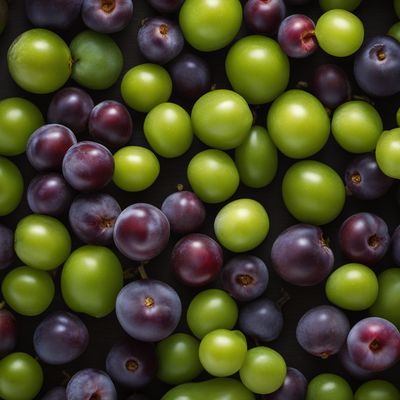
Gages
The Sweet and Succulent Delight: Exploring the World of Gages
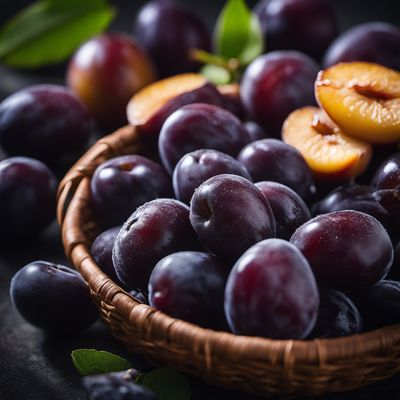
Plums
The Juicy Gems

Chinese jujubes
The Ancient Fruit: Chinese Jujubes
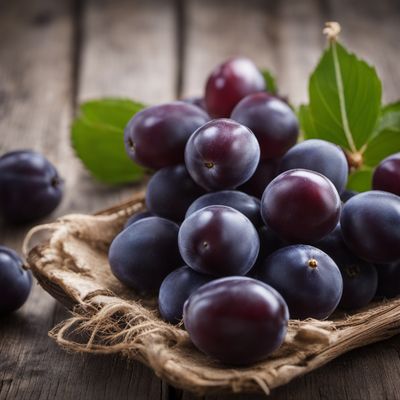
Damsons
The Prized Gems of the Plum Family
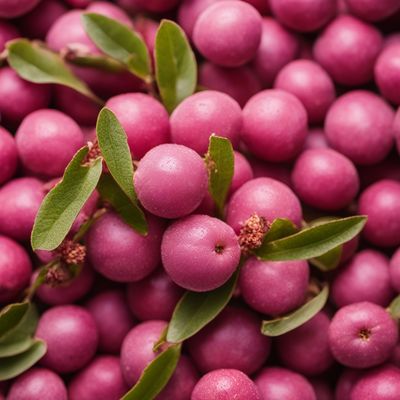
Chickasaw plums
The Sweet Gems of the South
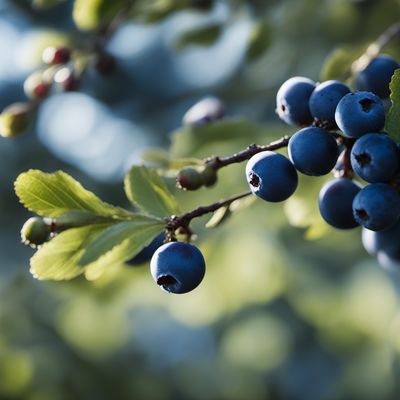
Sloes
The Bitter-Sweet Berry

Mirabelles
The Golden Gems of Summer